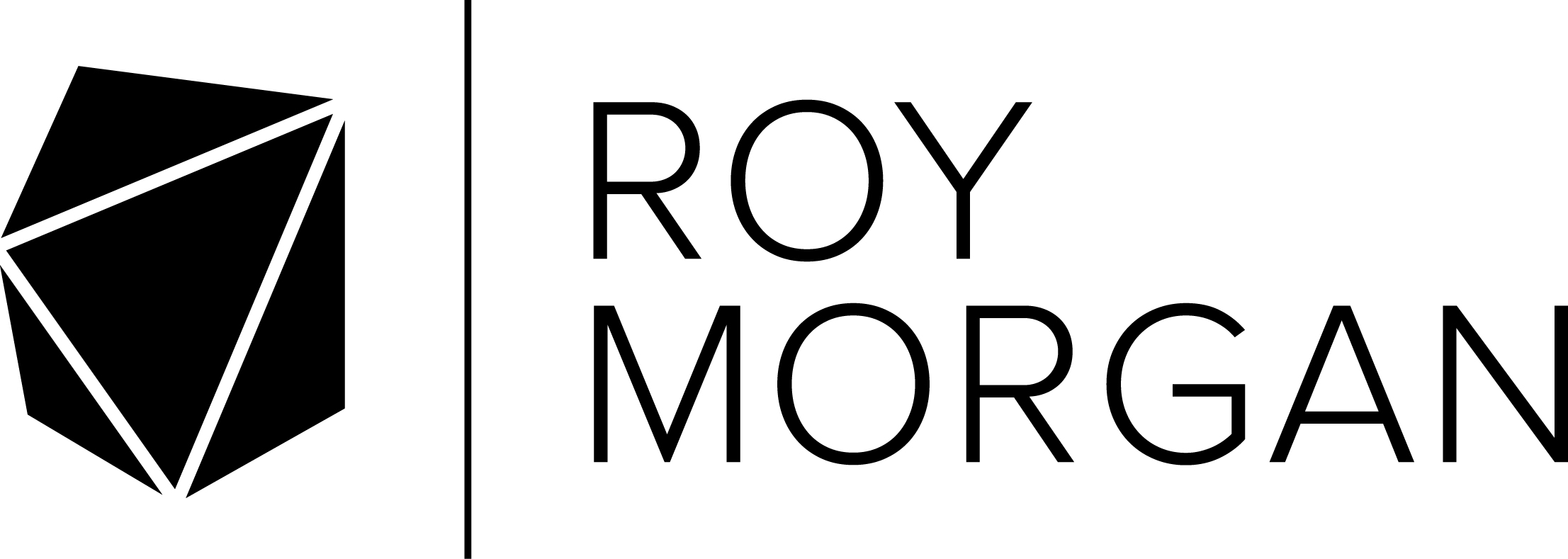Taking the Pulse of the Nation (TTPN) surveys the Australian population to capture their sentiments and behaviours related to current economic and social issues
Since 2020, the Taking the Pulse of the Nation (TTPN) survey has collected compelling information on the changing behaviours and attitudes of Australians. Together, Melbourne Institute and Roy Morgan understand the value in capturing the voices of Australians on the issues that matter right now. We use this information to create expert analyses to directly inform social and economic policies for our Nation.
This survey data is available subject to relevant fees and conditions. Please contact us for more information and access.
Twelve months later: Most Australians facing high levels of challenges covering housing and/or food costs
Since August 2022, we have asked respondents questions related to food and housing security and found many were reporting high levels of insecurity. This Taking the Pulse of the Nation (TTPN) report compares responses from the surveys conducted in August 2022, February 2023, and August 2023.
While there have been modest improvements for some, we find younger adults, singles, single parents, the unemployed, and those with high levels of mental distress continue to report high levels of insecurity.1 When we include other sources of financial security, such as paying utility bills and deferring medical attention, we find most groups (those aged 18-54, singles, single parents, couples with children, unemployed, part-timers, and those living in Queensland, Western Australia, Tasmania, and the Northern Territory) report rates greater than 50 percent for one or more of housing, energy, health, and food insecurities.2
Compared to six months ago, we see increases in challenges associated with covering housing/utilities and seeing a doctor. For many groups, challenges associated with getting enough food (and healthy food) have started to decline.
Challenges putting food on the table and covering housing costs remain high
In many groups, at least 20 percent of respondents have difficulty making ends meet in terms of eating or paying for housing. The exceptions are individuals over the age of 55, couples, couples with children, those with low mental distress, those employed full-time, those living in cities, and those living in Queensland, Victoria, Western Australia, ACT, and South Australia. Although rates are high, if we focus on food and housing problems only, rates have declined for many groups over the past 12 months.
When challenges in paying utility and medical bills are added, insecurity rates exceed 30 percent across all groups
Measuring insecurity as having one or more challenges in getting food on the table, paying for housing, covering utility bills, and seeing a doctor, an unacceptable proportion of Australians report challenges. Groups with the highest proportion of challenges include individuals aged 18 to 54, singles (with and without children), couples with children, those with high mental distress, those not fully employed, and people in half of the states and territories (i.e., Northern Territory, Western Australia, Tasmania, and Queensland).
Food insecurity differs by financial stress, gender, and family composition
Individuals reporting financial stress (making ends meet or worse) also reported the highest level of food insecurity (Figure 3).3 More than 60 percent of those facing financial stress reported higher levels of food insecurity than those who are financially comfortable. Of those aged 18 to 44, close to 70 percent of respondents reporting high levels of financial stress also reported food insecurity issues. Women were more likely to report both eating less and skipping meals (12.2 percent for women and 8.6 percent for men), especially for those aged 18 to 44 (19 percent for women and 14.5 percent for men). Single respondents with children living at home reported high levels of food insecurity (over 45 percent), followed by single respondents with no children at home (over 30 percent).
Over the past six months, food insecurity has fallen for most, but challenges in covering housing, utility, and medical bills have increased
It is not all doom and gloom. Across most groups, we are seeing a drop of 5 to 10 percent in the reporting of challenges putting food on the table. Although food insecurity is increasing in Tasmania, Western Australia, and the Northern Territories. Reports of deferring seeing a doctor or health practitioner (in most groups) and challenges in being able to cover housing and utility bills have increased (Figure 4).
Australians face challenges in making ends meet. We are starting to see improvements in the coverage of housing and food costs, but this is balanced with increasing challenges in covering utility bills and taking care of our health. We are juggling priorities to be able to cover our day-to-day expenses. Prices have been rising and interest rates are higher than they have been for some time. This report encourages the exploration of ways in which we make ends meet and what we can do to encourage greater financial security and an ability to meet our day-to-day expenses.
This Taking the Pulse of the Nation insight was authored by Dr Ferdi Botha, Senior Research Fellow at the Melbourne Institute: Applied Economic & Social Research, Professor A. Abigail Payne, Director of the Melbourne Institute and Ronald Henderson Professor, and Ana Gamarra Rondinel, Research Fellow at the Melbourne Institute on 1 November 2023.
1 Respondents are identified with high mental distress if they report feeling depressed/anxious ‘all the time’, ‘most of the time’, or ‘some of the time’ during the past week.
2 As in previous reports, we define food insecurity if, during the last 3 months, because of a shortage of money, respondents skipped meals or ate less generally, or less fresh or nutritious food. This last category (less fresh or nutritious food) was not asked in August 2022. Respondents are housing insecure if they are currently behind on rent payments (if renting) or mortgage payments (if currently paying off a mortgage). Respondents are energy insecure if, during the past 6 months, because of a shortage of money, they couldn’t pay electricity and/or gas bills on time or were unable to heat and/or cool their homes to a comfortable level. Respondents are health insecure if, during the past 6 months, because of a shortage of money, respondents didn’t see or delayed seeing a GP or medical specialist, weren’t prescribed, or were delayed getting prescription medication.
3 Respondents are identified as financially stressed if they report making ends meet or worse in terms of paying for essential goods and services such as bills, rents, and mortgages.
*This report is based on a total of 3,067 respondents from data collected in August 2022, February 2023, and August 2023. We thank OzHarvest for covering the inclusion of additional questions in the February and August 2023 surveys.
**Beginning in April 2020, the Taking the Pulse of the Nation (TTPN) was conceptualised and implemented by a group of researchers at the Melbourne Institute: Applied Economic & Social Research. Each wave includes a set of core questions, as well as additional questions that address current and emerging issues facing Australians. The TTPN sample is stratified to reflect the Australian adult population in terms of age, gender, and location. In 2022, the Melbourne Institute and Roy Morgan formed a partnership to extend the running of the TTPN. The TTPN Survey uses a repeated cross-sectional design. If you are interested in adding questions to the survey or accessing the data, please contact us at: melb-inst@unimelb.edu.au.
© The University of Melbourne & Roy Morgan- Melbourne Institute: Applied Economic & Social Research, 2023. This work is copyright. The material may be reproduced and distributed for non-commercial purposes only, subject to the inclusion of an acknowledgement of the source(s).

